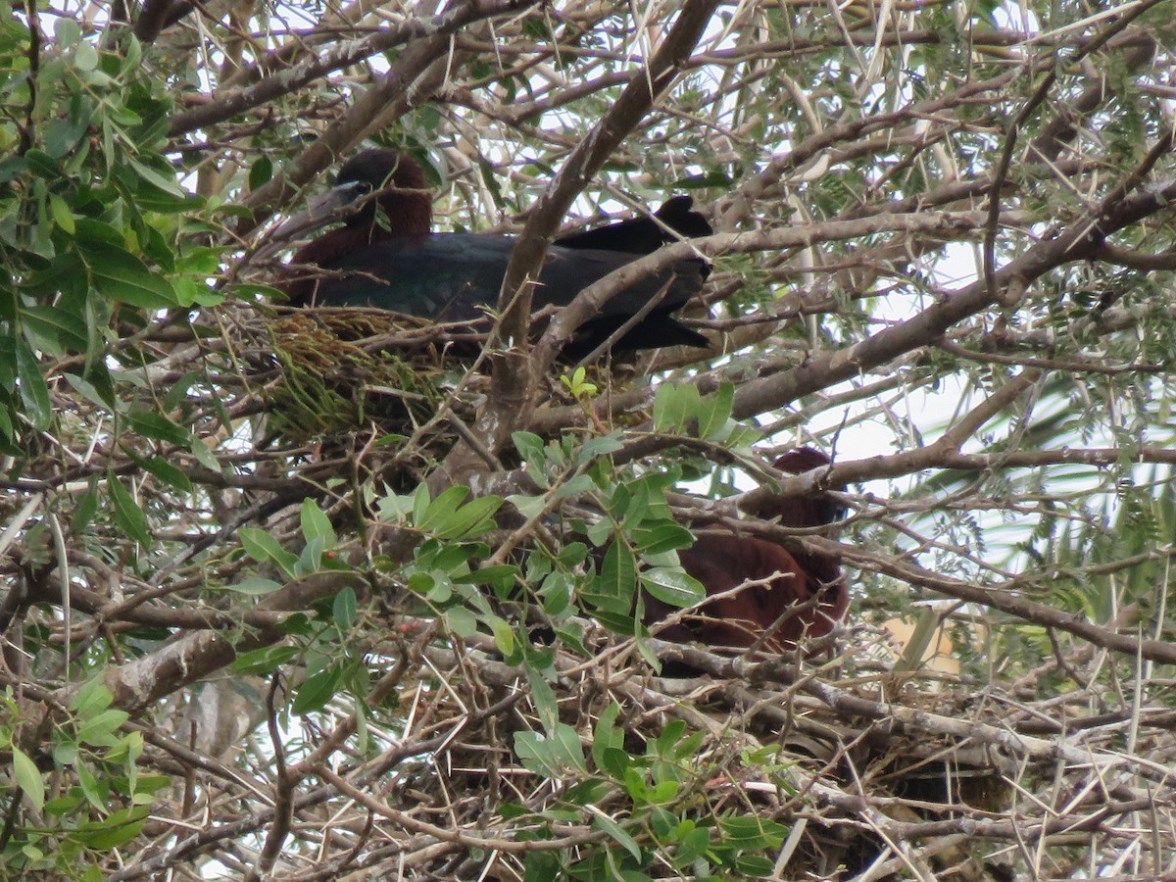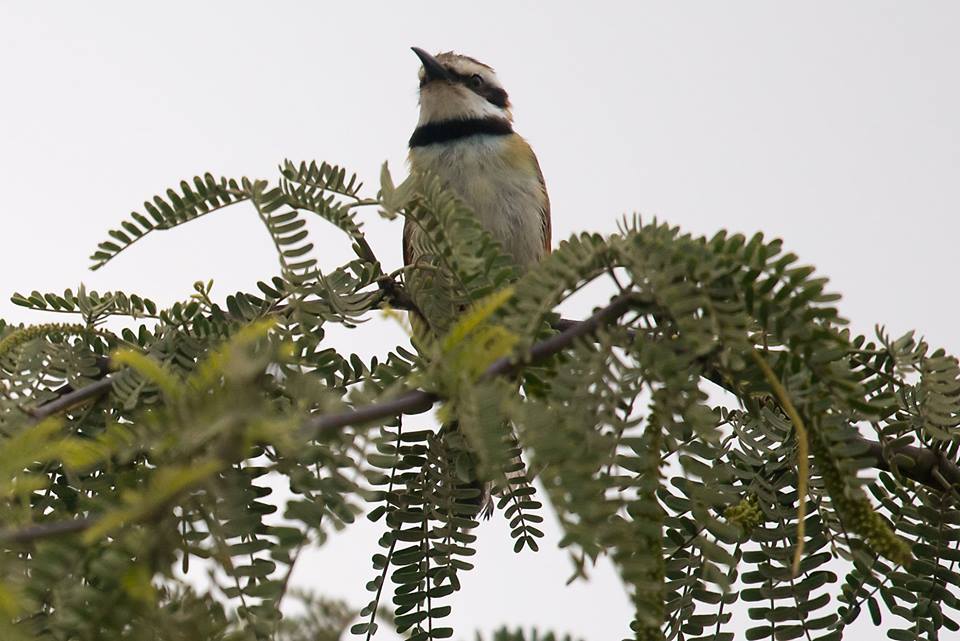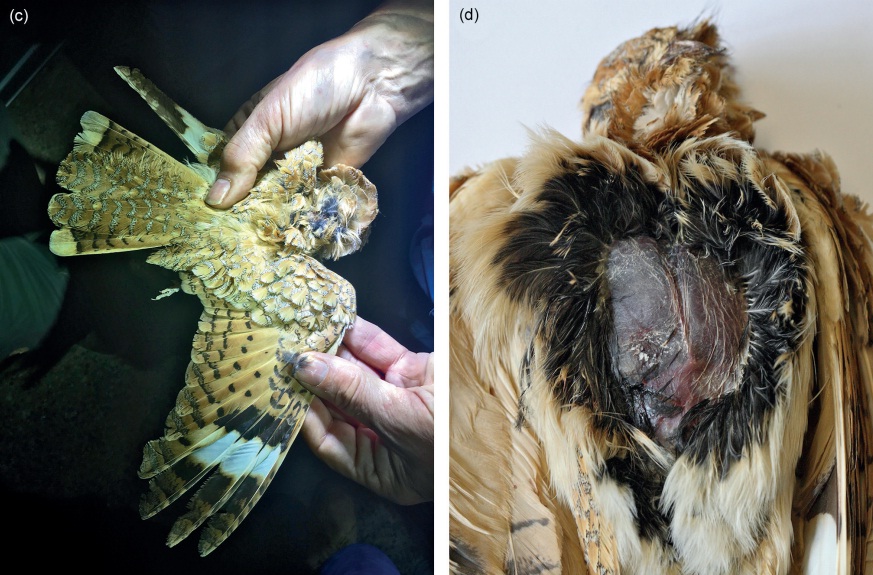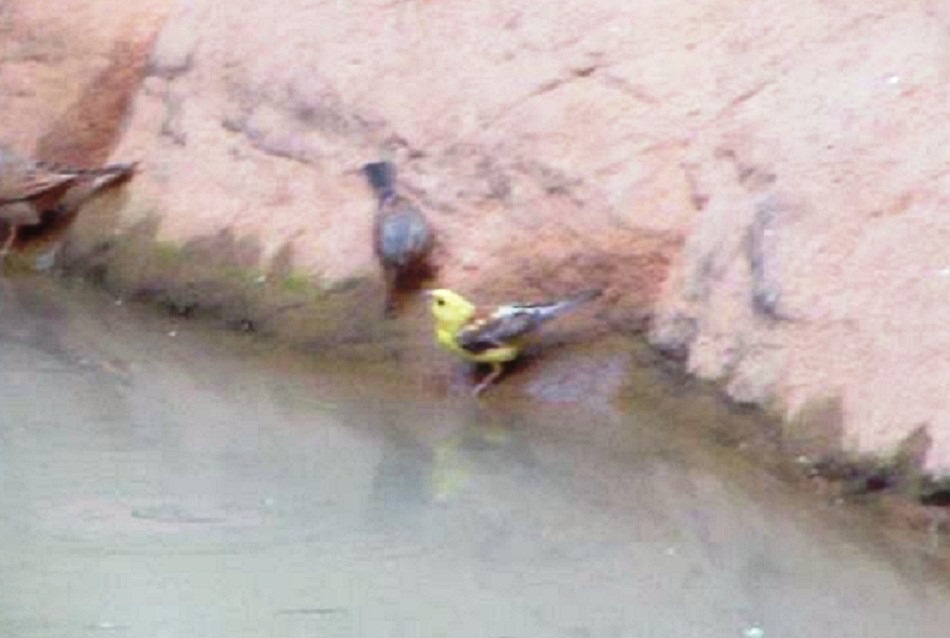Expansion of Red-billed Firefinch in Algeria
The Red-billed Firefinch (Lagonosticta senegala) was introduced at Tamanrasset around 1940. It’s also present at El-Goléa, northern Sahara, since at least 1972 (Isenmann & Moali 2000). Currently, the species still present at the known sites cited above. Tamanrasset, Tamanrasset Province: The species is still present in the town and it’s easily seen there in good […]
Expansion of Red-billed Firefinch in Algeria Read More »









